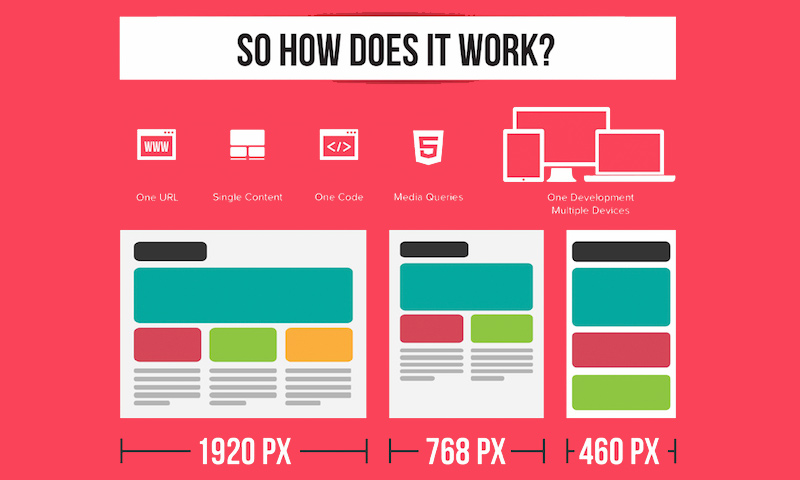Essential Facets Of Website Design: Standards For Establishing A User-Centric Website
Essential Facets Of Website Design: Standards For Establishing A User-Centric Website
Blog Article
Read the Full Document By-Crews Daugaard
When it comes to website style, guaranteeing user-friendliness is essential. From receptive layout to streamlined navigating, every element plays a vital duty in producing a website that satisfies your audience's demands. Yet what concerning the better details that can make or break a user's searching experience? Stay tuned as we reveal some often-overlooked ideas that can raise your site's use to the following level, making it genuinely stick out in the digital landscape.
Significance of Responsive Design
Receptive layout is a vital facet of modern site advancement. Ensuring Digital Marketing Agency Youtube Video is responsive ways that it can adjust to various screen dimensions and devices, providing a seamless experience for users.
With the boosting use of smartphones and tablet computers to access the web, having a receptive style is vital for getting to a broader audience. It helps in boosting individual experience by making your web site very easy to navigate and continue reading any type of gadget.
Additionally, receptive design can positively affect your online search engine rankings, as internet search engine like Google prioritize mobile-friendly web sites. By having a receptive layout, you're also future-proofing your site, as new devices with varying screen sizes remain to emerge.
Simplify Navigating Framework
To improve individual experience and help with easy accessibility to info on your web site, enhancing the navigating structure is extremely important. When developing your website, concentrate on developing a clear and instinctive navigating food selection that aids site visitors locate what they're searching for rapidly.
Restriction the number of menu items to the essentials, organizing associated web pages with each other to prevent frustrating individuals. Usage detailed tags that plainly indicate the content of each web page, making it simpler for individuals to recognize where each link will certainly take them.
Think about applying dropdown menus for subcategories to avoid littering the primary navigating bar. Furthermore, consist of a search bar plainly on the page for individuals that choose searching for specific details.
Focus on mobile responsiveness in your navigation style to make certain very easy access on all gadgets.
Optimize Page Load Rate
Improving web page load rate is critical for retaining site visitors on your website. Slow-loading pages irritate individuals and can result in high bounce prices. To maximize page load speed, begin by maximizing images. Press photos without endangering quality to minimize their file dimensions.
Furthermore, make it possible for browser caching to save often accessed sources locally, speeding up load times for returning visitors. Minify CSS, JavaScript, and HTML documents by eliminating unneeded personalities, comments, and formatting, boosting load rate.
Think about making use of a web content shipment network (CDN) to distribute your web site's content throughout numerous servers worldwide, reducing latency for users accessing your site from different places. Last but not least, limit using third-party scripts and plugins, as they can substantially affect load times.
Final thought
To conclude, by incorporating responsive style, simplifying navigating, and optimizing page lots rate, you can produce an easy to use site that appeals to a larger target market and enhances customer experience. These essential elements guarantee that site visitors can quickly gain access to and browse your website throughout different tools, causing boosted interaction and complete satisfaction. By concentrating on these crucial elements, you can build a successful site that keeps customers coming back for even more.
